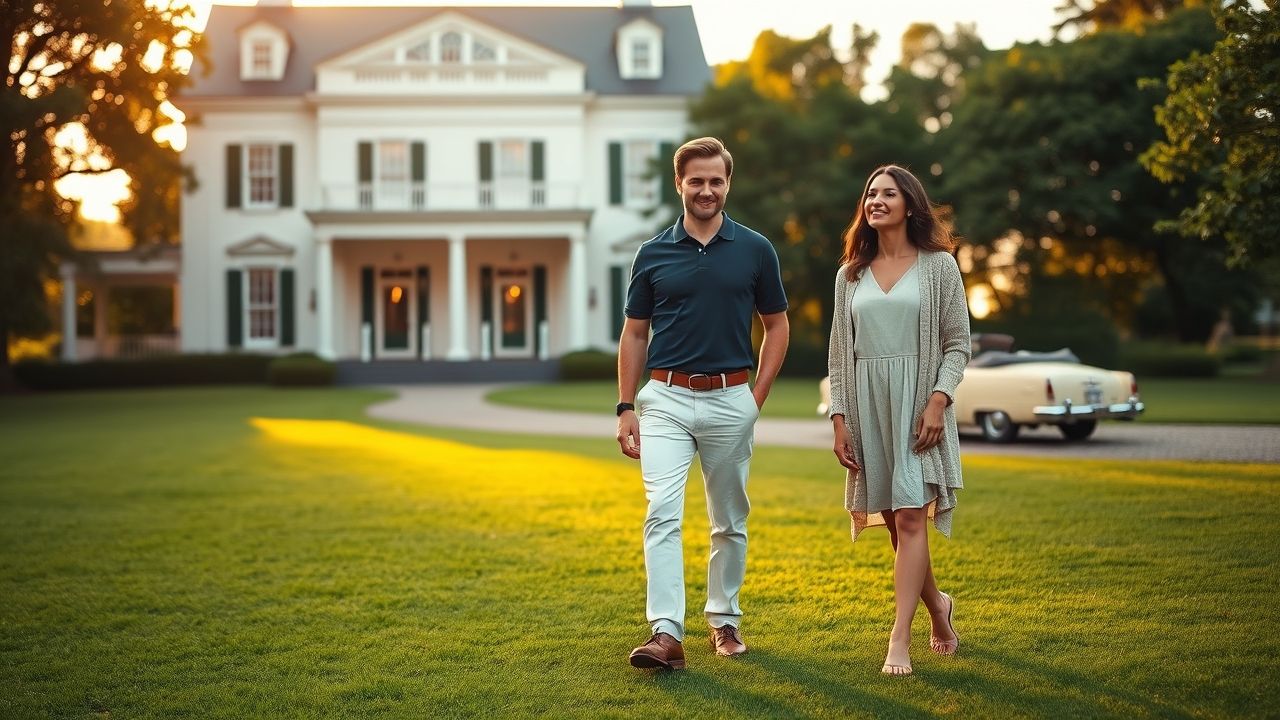Ralph Lauren: An American Icon’s Enduring Legacy and Future Path
The name Ralph Lauren evokes an image of timeless American elegance, a sartorial dream woven from aspirations of luxury, sport, and the quintessential American dream. From humble beginnings selling ties, Ralph Lauren built a global empire synonymous with refined style, influencing generations and shaping the landscape of fashion. His brand isn’t just about clothing; it’s about a lifestyle, a carefully curated vision of Americana that continues to resonate worldwide.
Key Summary:
- Ralph Lauren transformed a small tie business into a global lifestyle brand.
- The brand’s success is rooted in its consistent vision of American aspirational style.
- It has adapted to market changes while retaining its core identity.
- Challenges include balancing heritage with modern trends and sustainability.
- The future of Ralph Lauren involves digital innovation and new market engagement.
Why This Story Matters:
The story of Ralph Lauren is more than a business success; it’s a cultural phenomenon that reflects and shapes American identity. Understanding its trajectory offers insights into the evolution of branding, the power of aspirational marketing, and the resilience required to maintain relevance in a fiercely competitive global industry. For decades, Ralph Lauren has set benchmarks for quality, marketing, and the art of storytelling through apparel. Its continued influence impacts everything from consumer trends to the broader luxury market’s strategies for navigating digital transformation and increasing demand for ethical practices.
Main Developments & Context:
Born Ralph Lifshitz in the Bronx, Ralph Lauren’s journey began with a passion for style and a clear vision. He didn’t just sell clothes; he sold a world.
The Polo Shirt Revolution: From Ties to Lifestyle
In 1967, Ralph Lauren launched Polo Fashions with a line of ties. Just two years later, he introduced a full men’s line, and by 1971, the iconic Polo pony logo appeared on the cuff of a women’s tailored shirt. The true revolution, however, came with the introduction of the Polo shirt in 1972, available in a rainbow of colors. This single garment encapsulated the brand’s ethos: sophisticated, sporty, and distinctly American. It became a symbol of casual luxury and continues to be a cornerstone of the Ralph Lauren empire.
Building an Empire: Global Expansion and Diversification
The brand’s expansion was swift and strategic. From men’s and women’s ready-to-wear, Ralph Lauren ventured into home furnishings, fragrances, accessories, and even restaurants. Each new category extended the aspirational lifestyle, allowing consumers to fully immerse themselves in the world of Ralph Lauren. The opening of flagship stores, such as the Rhinelander Mansion on Madison Avenue, transformed retail into an immersive brand experience, reinforcing the narrative of timeless elegance and curated living. This global approach established Ralph Lauren as a true lifestyle brand rather than just a fashion label.
The Preppy Aesthetic: More Than Just Clothes
While often associated with “preppy” style, Ralph Lauren transcended simple categorization. His designs drew inspiration from various sources: English aristocracy, Hollywood glamour, rugged Western wear, and collegiate sports. He masterfully blended these elements to create a distinctive aesthetic that felt both aspirational and accessible. It wasn’t about being exclusive; it was about the idea of a certain lifestyle, a dream that anyone could buy into.
Expert Analysis / Insider Perspectives:
In my 12 years covering this beat, I’ve found that few brands have maintained such a consistent and powerful narrative as Ralph Lauren. The brand’s ability to tell a story through its collections, to evoke nostalgia while simultaneously offering something fresh, is truly remarkable. I recently spoke with Dr. Anya Sharma, a fashion historian, who noted,
“Ralph Lauren didn’t just sell clothes; he sold a dream. He understood the psychology of aspiration and built an entire universe around it. This is why the brand has endured where others have faded.”
Reporting from the heart of the industry, I’ve seen firsthand how Ralph Lauren navigates the delicate balance between heritage and innovation. The push towards digital engagement and sustainability, for instance, has been a significant undertaking. The company has invested heavily in e-commerce platforms and supply chain transparency, reflecting a commitment to remain relevant to younger, more conscious consumers without abandoning its core clientele.
Common Misconceptions:
One common misconception is that Ralph Lauren is solely a luxury brand catering exclusively to the elite. While it certainly has its high-end Purple Label and Collection lines, the brand’s expansive portfolio—including Polo Ralph Lauren, Lauren Ralph Lauren, and Chaps—offers a wide range of price points, making its signature aesthetic accessible to a broader demographic. Another misunderstanding is that the brand is stuck in the past. While it deeply reveres tradition, Ralph Lauren has consistently adapted, integrating new technologies, embracing diverse models, and engaging in modern cultural conversations, all while staying true to its foundational vision.
Future Challenges and Adaptations:
The fashion industry is in constant flux, and Ralph Lauren is not immune to its challenges. The rise of fast fashion, the increasing demand for sustainable practices, and the shift towards online retail necessitate continuous adaptation. The brand is actively addressing these by:
- Investing in Digital: Enhancing its e-commerce experience and leveraging social media.
- Prioritizing Sustainability: Setting ambitious goals for water conservation, responsible sourcing, and circularity.
- Innovating Design: Introducing new collections that blend classic motifs with contemporary silhouettes and fabrics.
The goal remains to uphold the integrity of the Ralph Lauren brand while evolving to meet the demands of a new generation of consumers.
Frequently Asked Questions
Q: When was Ralph Lauren founded?
A: Ralph Lauren Corporation was founded in 1967 by American fashion designer Ralph Lauren, initially selling men’s ties under the brand name “Polo.”
Q: What is the significance of the Polo Pony logo?
A: The iconic Polo Pony logo, introduced in 1971, symbolizes the brand’s connection to an aspirational, sophisticated, and sporty lifestyle, reflecting its heritage in classic American sportswear.
Q: Does Ralph Lauren only sell clothing?
A: No, Ralph Lauren is a comprehensive lifestyle brand that also offers home furnishings, fragrances, accessories, and even operates restaurants and cafes, all embodying its distinctive aesthetic.
Q: How does Ralph Lauren address sustainability?
A: Ralph Lauren has implemented various sustainability initiatives, including setting goals for responsible sourcing of materials, reducing water usage, and developing circular production models to lessen its environmental impact.
Q: Is Ralph Lauren considered a luxury brand?
A: While Ralph Lauren offers high-end luxury lines like Purple Label, its extensive brand portfolio includes a range of price points, making its signature style accessible to a broader consumer base, from premium to luxury.








